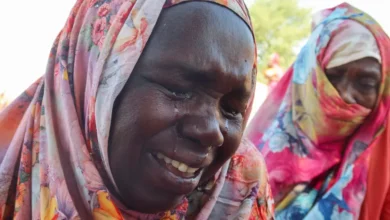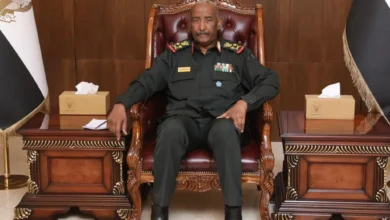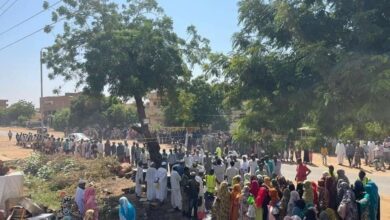Happening in Khartoum… makeshift graves inside homes and unidentified bodies

As the war came to an end, it had tested most Sudanese in their most valuable possession—their loved ones. In addition, there were times when fighting prevented burials from taking place in cemeteries, and other times it was a result of punitive measures, particularly in areas under Rapid Support Forces control, which led to the widespread use of makeshift cemeteries.
It is no longer possible to be buried in the recognized cemeteries as it was before the war. To provide the deceased who depart as part of the war’s losses—citizens as well as locals—with a last resting place free from the dangers of funerals, as though the conflict had chosen to kill them twice, new and temporary ones have been established.
Graves in the houses
After conditions improved slightly and the transition was facilitated, especially in Old Omdurman and areas of its east and west, following field developments with the retreat of the Rapid Support Forces in front of the Sudanese army, a field tour revealed the presence of cases of burial in some empty houses, squares, streets and water stations.
A source revealed that residents of the area noticed the emission of foul odors and discovered the presence of a decomposing body, adding that the majority of the bodies discovered belong to people who are not residents of the neighborhood.
It is likely that they are some of the victims of the Rapid Support Forces, whether fighters or some of those kidnapped by these forces and subjected to interrogation and investigation operations, as the region has previously witnessed the spread of them and their exploitation of some of the homes whose residents had left for some activities that sometimes included sheltering the wounded.
He stressed that they, as citizens, were forced to bury some bodies in the site of their decomposition, and that most of them were difficult to identify and no identification papers were found with them to determine their identity.





